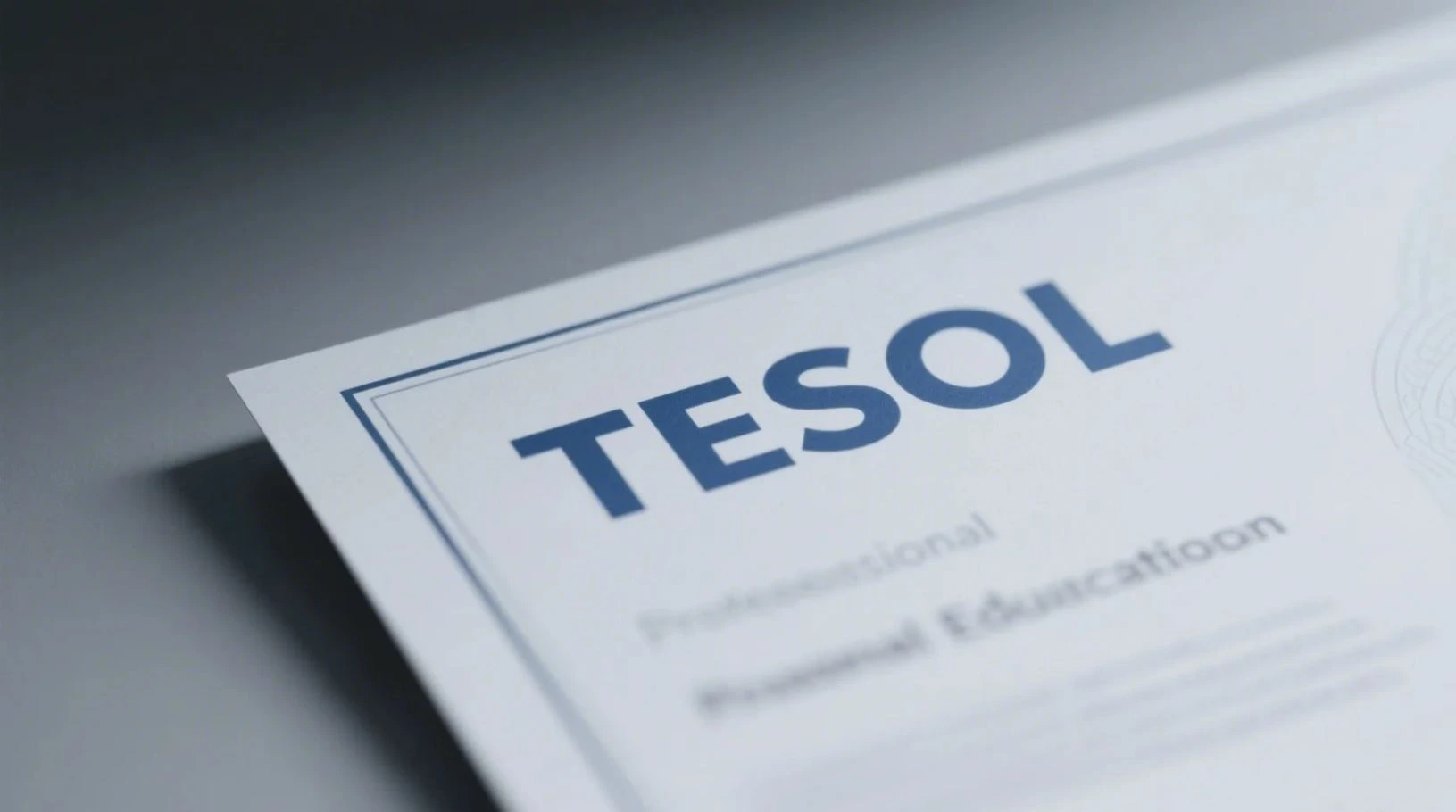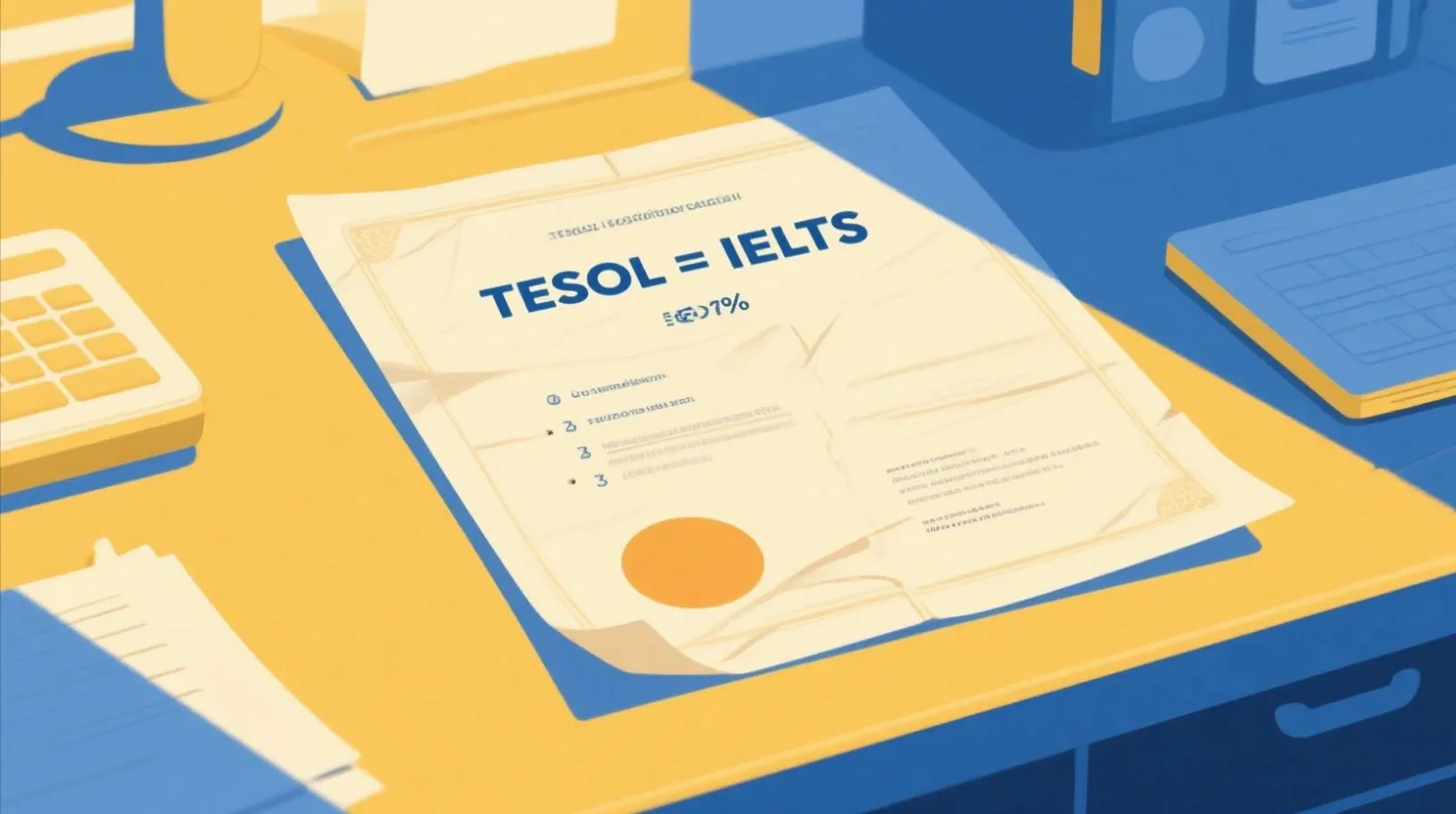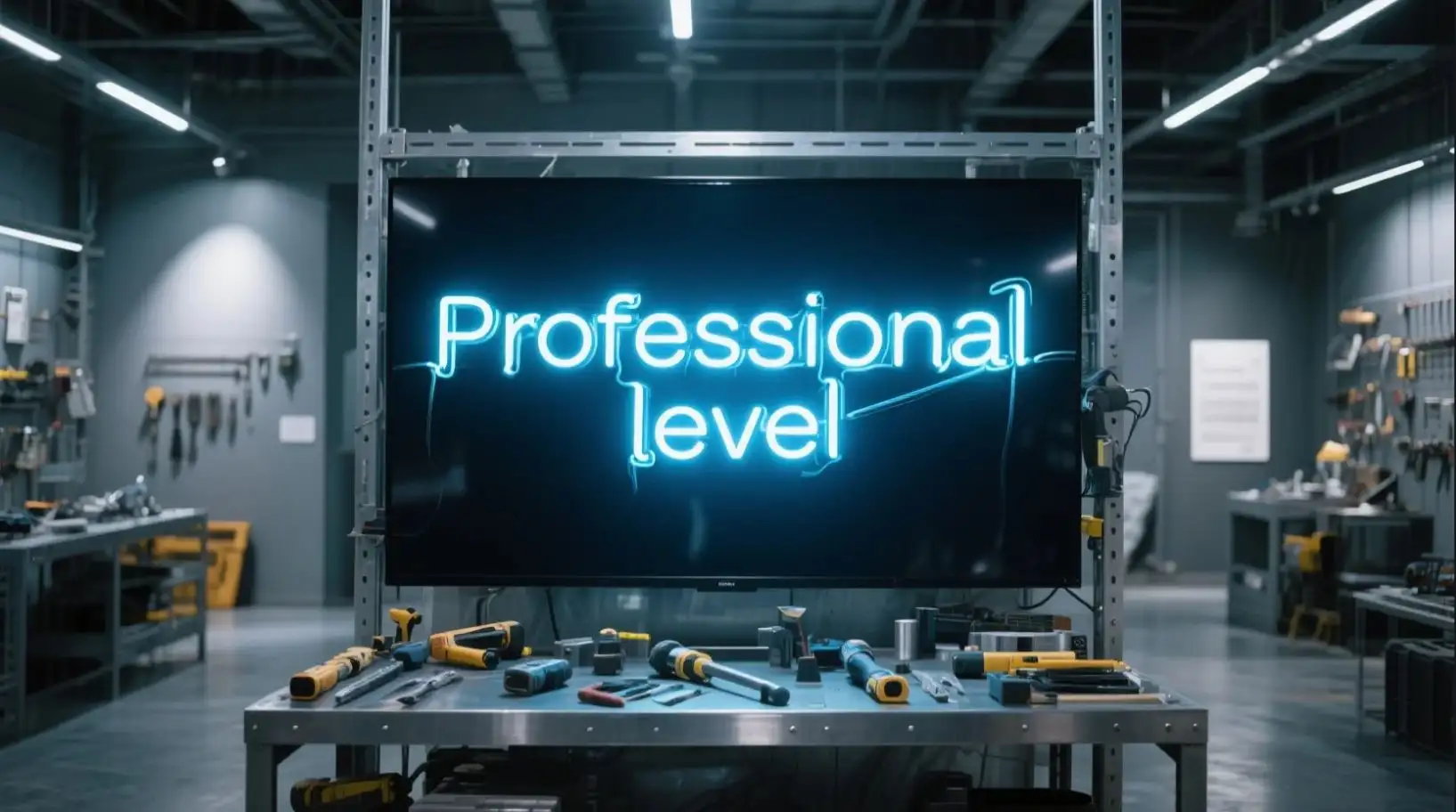Bài viết này lập danh sách 100 từ vựng và cụm từ vựng tiếng Anh chuyên ngành quản lý dự án xây dựng công trình cấp nước. Những thuật ngữ này không chỉ giúp bạn nắm vững kiến thức chuyên môn mà còn hỗ trợ giao tiếp hiệu quả trong môi trường quốc tế, giúp tối ưu hóa quản lý dự án và hợp tác với các đối tác.
Từ vựng nghề quản lý dự án xây dựng công trình cấp nước
- Water Supply Project: Dự án cấp nước
- Pipeline Installation: Lắp đặt ống dẫn nước
- Water Treatment Facility: Cơ sở xử lý nước
- Pump Station: Trạm bơm
- Reservoir Construction: Xây dựng hồ chứa
- Distribution Network: Mạng lưới phân phối
- Water Source: Nguồn nước
- Flow Rate: Tốc độ dòng chảy
- Pressure Control: Kiểm soát áp suất
- Hydraulic Design: Thiết kế thủy lực
- Water Quality Testing: Kiểm tra chất lượng nước
- Civil Engineering: Kỹ thuật dân dụng
- Infrastructure Development: Phát triển cơ sở hạ tầng
- Construction Management: Quản lý xây dựng
- Project Schedule: Lịch trình dự án
- Budget Planning: Lập kế hoạch ngân sách
- Risk Assessment: Đánh giá rủi ro
- Environmental Impact: Tác động môi trường
- Site Survey: Khảo sát địa điểm
- Permit Acquisition: Xin giấy phép
- Contract Administration: Quản lý hợp đồng
- Quality Assurance: Đảm bảo chất lượng
- Safety Protocols: Quy trình an toàn
- Construction Materials: Vật liệu xây dựng
- Excavation Work: Công việc đào bới
- Utility Mapping: Lập bản đồ tiện ích
- Sewer System: Hệ thống cống
- Flow Monitoring: Giám sát dòng chảy
- Water Demand Forecasting: Dự đoán nhu cầu nước
- Maintenance Plan: Kế hoạch bảo trì
- System Integration: Tích hợp hệ thống
- Operational Efficiency: Hiệu quả vận hành
- Infrastructure Upgrades: Nâng cấp cơ sở hạ tầng
- Hydrological Study: Nghiên cứu thủy văn
- Water Supply Infrastructure: Cơ sở hạ tầng cấp nước
- Cost Estimation: Ước lượng chi phí
- Construction Drawings: Bản vẽ xây dựng
- Subcontractor Management: Quản lý thầu phụ
- Stakeholder Engagement: Tham gia của các bên liên quan
- Permit Compliance: Tuân thủ giấy phép
- Contract Negotiation: Đàm phán hợp đồng
- Project Budgeting: Lập ngân sách dự án
- Water Conservation Measures: Biện pháp bảo tồn nước
- Pump Efficiency: Hiệu suất bơm
- Water Distribution System: Hệ thống phân phối nước
- Pipeline Maintenance: Bảo trì ống dẫn
- Technical Specifications: Đặc điểm kỹ thuật
- Field Inspection: Kiểm tra hiện trường
- Water Resource Management: Quản lý tài nguyên nước
- Energy Consumption: Tiêu thụ năng lượng
- Water Supply Network: Mạng lưới cấp nước
- Construction Oversight: Giám sát xây dựng
- Permit Renewal: Gia hạn giấy phép
- Water Infrastructure Design: Thiết kế cơ sở hạ tầng cấp nước
- Contractor Coordination: Phối hợp với nhà thầu
- Site Preparation: Chuẩn bị công trường
- Public Consultation: Tư vấn công chúng
- Environmental Compliance: Tuân thủ môi trường
- Project Milestones: Các cột mốc dự án
- Performance Metrics: Chỉ số hiệu suất
- Water Supply Systems Analysis: Phân tích hệ thống cấp nước
- Funding Allocation: Phân bổ tài chính
- Construction Scheduling: Lịch trình xây dựng
- Cost Control: Kiểm soát chi phí
- Water Supply Reliability: Độ tin cậy của cấp nước
- Resource Allocation: Phân bổ tài nguyên
- Field Testing: Kiểm tra hiện trường
- Operational Monitoring: Giám sát vận hành
- Legal Compliance: Tuân thủ pháp lý
- Hydraulic Modeling: Mô hình hóa thủy lực
- Construction Safety: An toàn xây dựng
- Water System Upgrades: Nâng cấp hệ thống nước
- Water Use Efficiency: Hiệu quả sử dụng nước
- Infrastructure Assessment: Đánh giá cơ sở hạ tầng
- Construction Contract: Hợp đồng xây dựng
- Supply Chain Management: Quản lý chuỗi cung ứng
- Project Implementation: Thực hiện dự án
- Water Quality Management: Quản lý chất lượng nước
- Emergency Response Plan: Kế hoạch ứng phó khẩn cấp
- Utility Coordination: Phối hợp với tiện ích
- Water Pressure Testing: Kiểm tra áp suất nước
- Construction Budget: Ngân sách xây dựng
- Operational Procedures: Quy trình vận hành
- Water Supply Evaluation: Đánh giá cấp nước
- Site Logistics: Logistics công trường
- Permit Application: Đơn xin giấy phép
- Environmental Risk Management: Quản lý rủi ro môi trường
- Water Supply Challenges: Thách thức cấp nước
- Contractor Selection: Lựa chọn nhà thầu
- Project Reporting: Báo cáo dự án
- Water Resource Allocation: Phân bổ tài nguyên nước
- Construction Compliance: Tuân thủ xây dựng
- Water Demand Management: Quản lý nhu cầu nước
- Pump Station Design: Thiết kế trạm bơm
- Hydraulic Analysis: Phân tích thủy lực
- Construction Supervision: Giám sát xây dựng
- Water Treatment Technology: Công nghệ xử lý nước
- System Operation: Vận hành hệ thống
- Cost-Benefit Analysis: Phân tích chi phí-lợi ích
- Water Supply System Design: Thiết kế hệ thống cấp nước
Bài viết sử dụng thuật ngữ trên
- Water Supply Project: The team is preparing for the new water supply project that will serve the entire community.
- Pipeline Installation: Efficient pipeline installation is crucial for ensuring reliable water delivery.
- Water Treatment Facility: The water treatment facility must meet all regulatory standards for safe drinking water.
- Pump Station: The pump station will enhance the flow of water to high-altitude areas.
- Reservoir Construction: Reservoir construction is essential for managing water storage during dry seasons.
- Distribution Network: The distribution network needs to be expanded to accommodate the growing population.
- Water Source: Identifying a reliable water source is the first step in any water supply project.
- Flow Rate: Monitoring the flow rate helps to ensure that the water supply meets demand.
- Pressure Control: Pressure control systems are used to prevent pipe bursts and maintain stable water flow.
- Hydraulic Design: The hydraulic design of the pipeline will determine its efficiency and durability.
- Water Quality Testing: Regular water quality testing is required to ensure the safety of the water supply.
- Civil Engineering: Civil engineering plays a key role in designing and constructing the infrastructure for water supply systems.
- Infrastructure Development: Infrastructure development includes upgrading old pipes and building new facilities.
- Construction Management: Effective construction management ensures that the project stays on schedule and within budget.
- Project Schedule: The project schedule outlines the timeline for each phase of the water supply project.
- Budget Planning: Budget planning is critical to avoid cost overruns and ensure that resources are allocated efficiently.
- Risk Assessment: Conducting a risk assessment helps to identify potential issues before they impact the project.
- Environmental Impact: The environmental impact of the project must be evaluated to mitigate any negative effects.
- Site Survey: A thorough site survey is necessary to assess the suitability of the location for the new water facility.
- Permit Acquisition: Obtaining the necessary permits is a crucial step in the project approval process.
- Contract Administration: Contract administration involves managing the agreements with contractors and suppliers.
- Quality Assurance: Implementing quality assurance practices helps to maintain high standards throughout the project.
- Safety Protocols: Safety protocols are established to protect workers and ensure compliance with health regulations.
- Construction Materials: Choosing durable construction materials is essential for the long-term success of the water supply system.
- Excavation Work: Excavation work is required to prepare the site for pipeline installation and other infrastructure.
- Utility Mapping: Utility mapping helps to identify existing utilities and avoid conflicts during construction.
- Sewer System: Integrating the sewer system with the water supply project is important for comprehensive urban planning.
- Flow Monitoring: Flow monitoring systems provide real-time data on water usage and distribution.
- Water Demand Forecasting: Accurate water demand forecasting is essential for planning future expansions of the supply system.
- Maintenance Plan: A maintenance plan is developed to ensure the continued efficiency of the water supply infrastructure.
- System Integration: System integration involves connecting new components with existing infrastructure to ensure seamless operation.
- Operational Efficiency: Enhancing operational efficiency reduces costs and improves the reliability of the water supply system.
- Infrastructure Upgrades: Infrastructure upgrades are necessary to meet increasing demands and improve system performance.
- Hydrological Study: A hydrological study evaluates water flow and availability in the project area.
- Water Supply Infrastructure: Developing robust water supply infrastructure is key to meeting community needs.
- Cost Estimation: Accurate cost estimation helps in budgeting and securing funding for the project.
- Construction Drawings: Construction drawings provide detailed plans for the layout and installation of the water supply system.
- Subcontractor Management: Subcontractor management ensures that all specialized tasks are completed as per the project requirements.
- Stakeholder Engagement: Engaging stakeholders is important for gaining support and addressing concerns related to the project.
- Permit Compliance: Ensuring permit compliance avoids legal issues and delays in the project.
- Contract Negotiation: Contract negotiation is key to establishing favorable terms with vendors and contractors.
- Project Budgeting: Project budgeting involves allocating funds for various aspects of the construction and operation.
- Water Conservation Measures: Implementing water conservation measures helps to manage resources efficiently and reduce waste.
- Pump Efficiency: Evaluating pump efficiency ensures that the system operates effectively and reduces energy consumption.
- Water Distribution System: The water distribution system delivers treated water to homes and businesses.
- Pipeline Maintenance: Regular pipeline maintenance prevents leaks and ensures the integrity of the water supply system.
- Technical Specifications: Technical specifications outline the standards and requirements for materials and construction techniques.
- Field Inspection: Field inspection involves checking the progress and quality of work on-site.
- Water Resource Management: Effective water resource management ensures sustainable use of available water sources.
- Energy Consumption: Monitoring energy consumption helps to optimize operational costs and environmental impact.
- Water Supply Network: The water supply network connects various components to provide a continuous flow of water.
- Construction Oversight: Construction oversight involves supervising the work to ensure adherence to project specifications.
- Permit Renewal: Permit renewal is necessary to continue operations and maintain compliance with regulations.
- Water Infrastructure Design: Water infrastructure design includes planning for pipelines, treatment facilities, and storage systems.
- Contractor Coordination: Contractor coordination ensures that all parties involved are working together towards the project goals.
- Site Preparation: Site preparation involves clearing and grading the land before construction begins.
- Public Consultation: Public consultation provides an opportunity for community input and feedback on the project.
- Environmental Compliance: Environmental compliance ensures that the project meets all environmental regulations and standards.
- Project Milestones: Project milestones mark significant achievements and help track progress.
- Performance Metrics: Performance metrics are used to evaluate the effectiveness and efficiency of the water supply system.
- Water Supply Systems Analysis: Water supply systems analysis involves assessing the overall performance and reliability of the system.
- Funding Allocation: Funding allocation involves distributing financial resources to different aspects of the project.
- Construction Scheduling: Construction scheduling ensures that tasks are completed on time and according to the project timeline.
- Cost Control: Cost control measures are implemented to keep expenses within budget.
- Water Supply Reliability: Assessing water supply reliability helps to ensure consistent and uninterrupted service.
- Resource Allocation: Resource allocation involves assigning personnel, equipment, and materials to various tasks.
- Field Testing: Field testing verifies that construction and materials meet specified standards and performance criteria.
- Operational Monitoring: Operational monitoring tracks system performance and identifies potential issues.
- Legal Compliance: Legal compliance ensures that all project activities adhere to relevant laws and regulations.
- Hydraulic Modeling: Hydraulic modeling simulates the flow of water through the system to predict performance and identify problems.
- Construction Safety: Construction safety practices protect workers and reduce the risk of accidents.
- Water System Upgrades: Water system upgrades improve existing infrastructure to meet current and future demands.
- Water Use Efficiency: Water use efficiency measures how well water resources are utilized and conserved.
- Infrastructure Assessment: Infrastructure assessment evaluates the condition and capacity of existing water supply systems.
- Construction Contract: The construction contract outlines the terms and conditions for the building work.
- Supply Chain Management: Supply chain management ensures that materials and equipment are delivered on time and within budget.
- Project Implementation: Project implementation involves executing the plans and managing resources to achieve project goals.
- Water Quality Management: Water quality management ensures that the water supplied meets health and safety standards.
- Emergency Response Plan: An emergency response plan outlines actions to take in case of unexpected issues or disasters.
- Utility Coordination: Utility coordination involves working with various utility providers to ensure seamless integration.
- Water Pressure Testing: Water pressure testing checks the strength and integrity of the pipeline system.
- Construction Budget: The construction budget allocates funds for labor, materials, and other expenses.
- Operational Procedures: Operational procedures define the standard practices for running and maintaining the water supply system.
- Water Supply Evaluation: Water supply evaluation assesses the adequacy and reliability of the current system.
- Site Logistics: Site logistics manage the movement of materials and equipment on the construction site.
- Permit Application: A permit application is required to obtain approval for construction activities.
- Environmental Risk Management: Environmental risk management addresses potential environmental impacts and mitigation strategies.
- Water Supply Challenges: Identifying water supply challenges helps in developing effective solutions for meeting demand.
- Contractor Selection: Contractor selection involves choosing the right contractor based on qualifications and bid proposals.
- Project Reporting: Project reporting provides updates on progress, budget, and any issues encountered.
- Water Resource Allocation: Water resource allocation ensures that water is distributed according to demand and priority.
- Construction Compliance: Construction compliance ensures that all work meets regulatory and project standards.
- Water Demand Management: Water demand management strategies help to balance supply and consumption.
- Pump Station Design: Pump station design involves creating plans for facilities that boost water pressure and flow.
- Hydraulic Analysis: Hydraulic analysis evaluates the behavior of water within the system to optimize performance.
- Construction Supervision: Construction supervision oversees the day-to-day activities on the site to ensure quality and adherence to plans.
- Water Treatment Technology: Advances in water treatment technology enhance the efficiency and effectiveness of purifying water.
- System Operation: System operation involves managing and controlling the daily functioning of the water supply network.
- Cost-Benefit Analysis: Cost-benefit analysis evaluates the financial viability of the project by comparing costs and benefits.
- Water Supply System Design: Water supply system design involves creating a detailed plan for the infrastructure needed to deliver water to users.
Bài tập
- The __________ will help improve the community’s access to clean water.
- Effective __________ is essential for ensuring that water flows correctly through the system.
- A new __________ is being built to treat water before it is distributed.
- The __________ is designed to push water to various parts of the network.
- __________ is critical for storing water during times of high demand.
- Expanding the __________ will help reach more households.
- Identifying the best __________ is the first step in planning the water supply project.
- Calculating the __________ helps ensure that the system can meet demand.
- __________ systems are used to regulate the pressure in the water network.
- The __________ should be robust enough to handle different water flow conditions.
- We need to review the __________ to make sure the water meets safety standards.
- __________ ensures the structural integrity of the infrastructure.
- Proper __________ ensures that the project stays on track and within budget.
- __________ includes upgrading old pipelines and constructing new facilities.
- The __________ outlines when different phases of the project will be completed.
- __________ helps prevent financial overruns and allocates resources efficiently.
- A thorough __________ identifies potential issues before they impact the project.
- __________ studies help us understand how the project will affect the local environment.
- A detailed __________ helps to determine the suitability of the location for construction.
- The __________ process involves obtaining the necessary approvals to start work.
- __________ involves managing agreements with contractors and suppliers.
- Implementing __________ practices ensures high standards throughout the project.
- __________ are established to protect workers and ensure compliance with health regulations.
- Selecting the right __________ is crucial for the durability of the water system.
- __________ prepares the site for construction by clearing and leveling the ground.
- __________ helps map out existing utilities to avoid conflicts during construction.
- Integrating the __________ with the new water system is important for urban planning.
- __________ provides real-time information on water usage and distribution.
- __________ predicts future water needs to ensure the system can handle increased demand.
- A comprehensive __________ ensures the system is maintained and repaired as needed.
- __________ involves combining new components with existing infrastructure for seamless operation.
- Improving __________ reduces operational costs and enhances reliability.
- __________ are necessary to upgrade old infrastructure and improve system performance.
- A __________ assesses water flow and availability in the area.
- The __________ includes all components needed to deliver water to users.
- __________ provides an estimate of the total costs involved in the project.
- __________ provide detailed plans for constructing the water system.
- __________ ensures that specialized tasks are completed as per the project requirements.
- __________ involves engaging with stakeholders to address their concerns and gather support.
- Ensuring __________ helps to avoid legal issues and project delays.
- __________ helps establish favorable terms with contractors and suppliers.
- __________ involves planning and allocating funds for the project.
- Implementing __________ helps to use water resources more efficiently and reduce waste.
- Evaluating __________ helps to ensure that the pumping system operates efficiently.
- The __________ delivers water to various areas, including homes and businesses.
- Regular __________ helps to prevent leaks and maintain system integrity.
- __________ outlines the required standards and specifications for the project.
- __________ involves checking the work and materials on-site.
- __________ ensures that water resources are used sustainably and efficiently.
- Monitoring __________ helps optimize operational costs and reduce environmental impact.
- The __________ connects different parts of the water supply system.
- __________ involves overseeing the construction process to ensure it meets specifications.
- __________ is necessary to continue operations and maintain regulatory compliance.
- __________ includes designing pipelines, treatment facilities, and storage systems.
- Effective __________ ensures that all contractors and suppliers work together efficiently.
- __________ prepares the land before any construction work begins.
- __________ allows for community feedback and input on the project.
- Ensuring __________ helps to meet environmental regulations and minimize impacts.
- __________ help to track progress and ensure that key project goals are met.
- __________ measures the effectiveness and efficiency of the water supply system.
- __________ involves assessing the overall performance and reliability of the water system.
- __________ involves distributing financial resources to different parts of the project.
- __________ ensures that tasks are completed on time according to the project timeline.
- __________ involves implementing measures to keep project expenses within budget.
- Assessing __________ ensures a consistent and reliable water supply.
- __________ involves assigning resources like personnel and materials to various tasks.
- __________ verifies that construction and materials meet specified standards.
- __________ tracks the performance of the water system and identifies potential issues.
- __________ ensures that all project activities comply with legal requirements.
- __________ simulates water flow to predict performance and identify issues.
- __________ practices are essential to protect workers and prevent accidents.
- __________ improves existing infrastructure to meet current and future needs.
- __________ measures how well water resources are used and conserved.
- __________ evaluates the condition and capacity of existing infrastructure.
- The __________ outlines the terms and conditions for construction work.
- __________ ensures timely delivery of materials and equipment for the project.
- __________ involves executing plans and managing resources to meet project goals.
- __________ ensures that the water supplied meets health and safety standards.
- An __________ outlines procedures for responding to unexpected issues or emergencies.
- __________ involves collaborating with utility providers for system integration.
- __________ checks the strength and integrity of the pipeline system.
- The __________ allocates funds for labor, materials, and other project expenses.
- __________ define standard practices for operating and maintaining the water system.
- __________ assesses whether the current system meets the community’s needs.
- __________ manages the movement of materials and equipment on-site.
- A __________ is required to start construction activities and obtain approvals.
- __________ addresses potential environmental impacts and develops mitigation strategies.
- Identifying __________ helps in creating effective solutions for water supply challenges.
- __________ involves selecting contractors based on qualifications and proposals.
- __________ provides updates on project progress, budget, and issues.
- __________ ensures that water is distributed according to demand and priority.
- Ensuring __________ involves meeting regulatory and project standards.
- __________ strategies help balance water supply and consumption.
- __________ involves planning facilities that boost water pressure and flow.
- __________ evaluates how water behaves in the system to optimize performance.
- __________ oversees the daily activities on the site to ensure quality and adherence to plans.
- Advances in __________ enhance the efficiency of water purification processes.
- __________ involves managing the daily operations of the water supply network.
- __________ compares project costs with benefits to determine financial viability.
- __________ involves creating detailed plans for delivering water to end-users.
Đáp án
- Water Supply Project
- Pipeline Installation
- Water Treatment Facility
- Pump Station
- Reservoir Construction
- Distribution Network
- Water Source
- Flow Rate
- Pressure Control
- Hydraulic Design
- Water Quality Testing
- Civil Engineering
- Infrastructure Development
- Construction Management
- Project Schedule
- Budget Planning
- Risk Assessment
- Environmental Impact
- Site Survey
- Permit Acquisition
- Contract Administration
- Quality Assurance
- Safety Protocols
- Construction Materials
- Excavation Work
- Utility Mapping
- Sewer System
- Flow Monitoring
- Water Demand Forecasting
- Maintenance Plan
- System Integration
- Operational Efficiency
- Infrastructure Upgrades
- Hydrological Study
- Water Supply Infrastructure
- Cost Estimation
- Construction Drawings
- Subcontractor Management
- Stakeholder Engagement
- Permit Compliance
- Contract Negotiation
- Project Budgeting
- Water Conservation Measures
- Pump Efficiency
- Water Distribution System
- Pipeline Maintenance
- Technical Specifications
- Field Inspection
- Water Resource Management
- Energy Consumption
- Water Supply Network
- Construction Oversight
- Permit Renewal
- Water Infrastructure Design
- Contractor Coordination
- Site Preparation
- Public Consultation
- Environmental Compliance
- Project Milestones
- Performance Metrics
- Water Supply Systems Analysis
- Funding Allocation
- Construction Scheduling
- Cost Control
- Water Supply Reliability
- Resource Allocation
- Field Testing
- Operational Monitoring
- Legal Compliance
- Hydraulic Modeling
- Construction Safety
- Water System Upgrades
- Water Use Efficiency
- Infrastructure Assessment
- Construction Contract
- Supply Chain Management
- Project Implementation
- Water Quality Management
- Emergency Response Plan
- Utility Coordination
- Water Pressure Testing
- Construction Budget
- Operational Procedures
- Water Supply Evaluation
- Site Logistics
- Permit Application
- Environmental Risk Management
- Water Supply Challenges
- Contractor Selection
- Project Reporting
- Water Resource Allocation
- Construction Compliance
- Water Demand Management
- Pump Station Design
- Hydraulic Analysis
- Construction Supervision
- Water Treatment Technology
- System Operation
- Cost-Benefit Analysis
- Water Supply System Design











